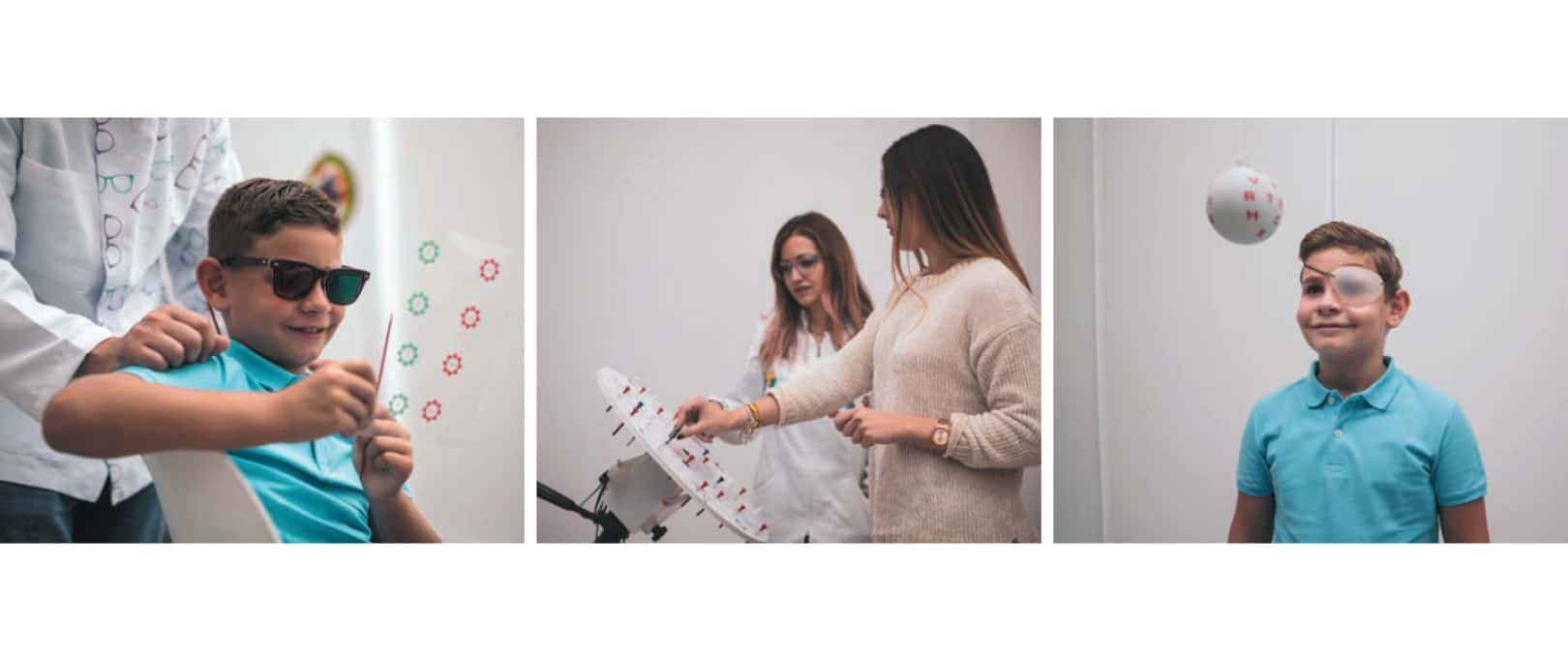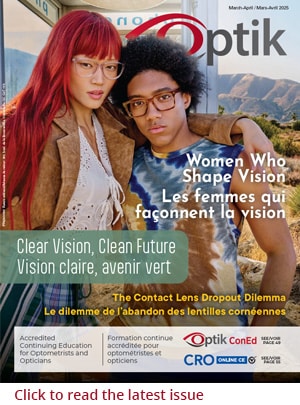Integrating Vision Therapy into Your Clinic
Wednesday, July 31 2024 | 12 h 32 min | News
By Dr. Jenny Lee, OD
Vision therapy is an exciting avenue for optometrists to expand their scope of practice and provide more resources to patients looking to improve their vision. However, it can be difficult to know where to begin and how to establish vision therapy in your clinic.
The equipment you purchase can serve as an excellent starting point, but it’s important to select equipment with intention and use it to supplement your program.
Part of what makes building a vision therapy clinic from the ground up so daunting are the associated costs of the infrastructure required for vision therapy to happen. Purchasing quality equipment from reputable companies ensures that materials are correctly calibrated for their intended purpose and standardized between patients. While there are a plethora of activities and tools to purchase for the vision therapy space and the exam room, it’s best to start simple and build up your equipment as needs arise.
Select equipment that can be used for your strabismic, amblyopic, post-concussion, and non-strabismic patients. Incorporate tools that can be used for multiple different areas of training – for instance, flippers and loose prisms can be added to many activities to incorporate easy accommodation and vergence training, and red and green glasses with red and green acetate sheets can incorporate anti-suppression and binocular therapy regardless of the activity. Online training and virtual reality are becoming increasingly popular but are not a necessity for a solid foundation.
The value of vision therapy comes from the equipment you provide and from the program’s structure. While there are certain costs for larger equipment and the need for a dedicated vision therapy space, these initial investments can go a long way in your practice. Many activities are paper-based – hidden picture books and i-Spy games can be easily adapted as vision therapy activities. Providing a workbook with activities or instructions, or a starter kit for your patients can be especially helpful so they feel that they have more resources outside of the vision therapy room. Filming instructional videos and writing your own instructions that can be exclusively accessed by your patients may be time consuming but provide more inherent value than investing in equipment that can easily be purchased.
Your staff – both vision therapists and front desk – will serve as the backbone of your program. Providing sufficient guidance will ensure success for your patients.
Before getting your first patient in vision therapy, priming your front desk staff is key. Your staff will need a basic understanding of what kind of symptoms and concerns patients might have that may warrant a binocular vision assessment. The concerns raised by a longstanding strabismic patient will be different than those of a post-concussion patient with a history of a motor vehicle accident, and your front desk will be the first point of contact with your clinic to help others understand if your clinic is right for them.
The guidance a patient receives from their vision therapist can make or break their experience. There are many courses on the market for prospective vision therapists which can be daunting if you don’t know where to start. Because there is no dedicated educational institution for vision therapy, it’s often easier to cultivate these skills in an established staff member who would be open to the opportunity rather than hiring directly for the position, especially if the vision therapist has followed a different structure for quite some time. An excellent pre-tester who works well with children and is looking for an opportunity to stay with your practice for the long term may be the perfect candidate, even if they lack prior knowledge.
Becoming a vision therapist is highly rewarding but requires time, dedication, and creativity. For your program to thrive, acknowledging this fact and investing the time in your vision therapists will ensure success. Ultimately, your patients will spend far more time with your vision therapists than in your chair.
For your patient base to grow and flourish, advocacy and accessibility are key.

One of the most common sources of referrals for vision therapy comes from other allied health professionals, such as other optometrists, physiotherapists, occupational therapists, or school nurses. It’s difficult for patients, especially those who have been told they have 20/20 vision, to attribute their symptoms to a binocular vision issue. Your patients coming in for their routine eye exam can be a good source of internal referrals to start, but to continue to build a sufficient patient base, you will want to advocate for the services your clinic offers to other health professionals.
People with binocular vision disorders may often present with concurrent difficulties with gait, balance, and sustained tasks; they are more likely to seek services such as physiotherapy and osteopathy to remedy these symptoms. Reach out to these clinics and offer to set aside a day for interprofessional development where you and your staff can introduce your programs and when a referral might be warranted. Offer to come to a local school one day where you can provide quick vision screenings and educate teachers on signs and symptoms of vision related learning difficulties so that they are primed to point parents in the right direction.
Incorporating vision therapy into your practice will take time and dedication but is well worth the effort and immensely rewarding. Understanding that the initial investment will take adjustment and patience will set you up for success in the long run.
Want to see more like this article? Click here to subscribe to our FREE print magazines and e-newsletters!









